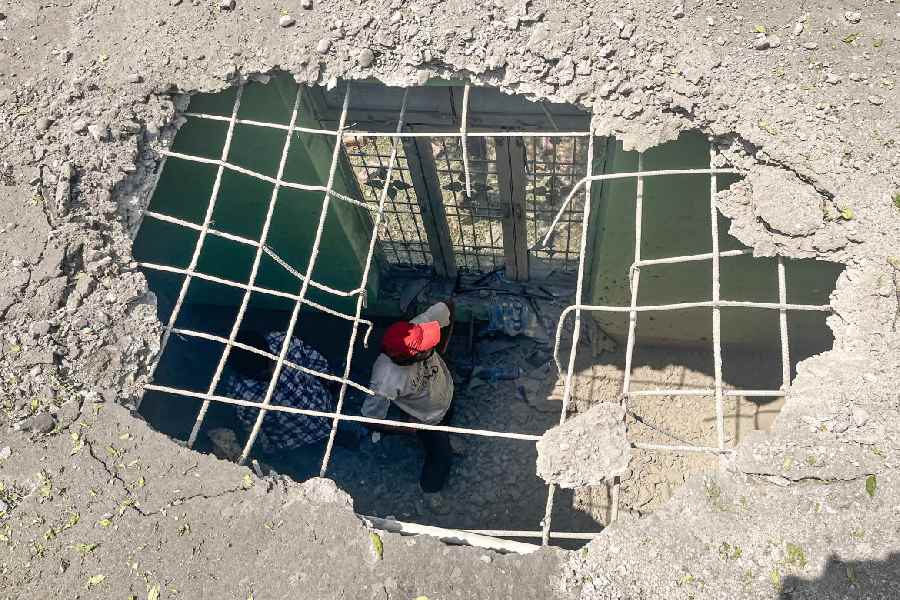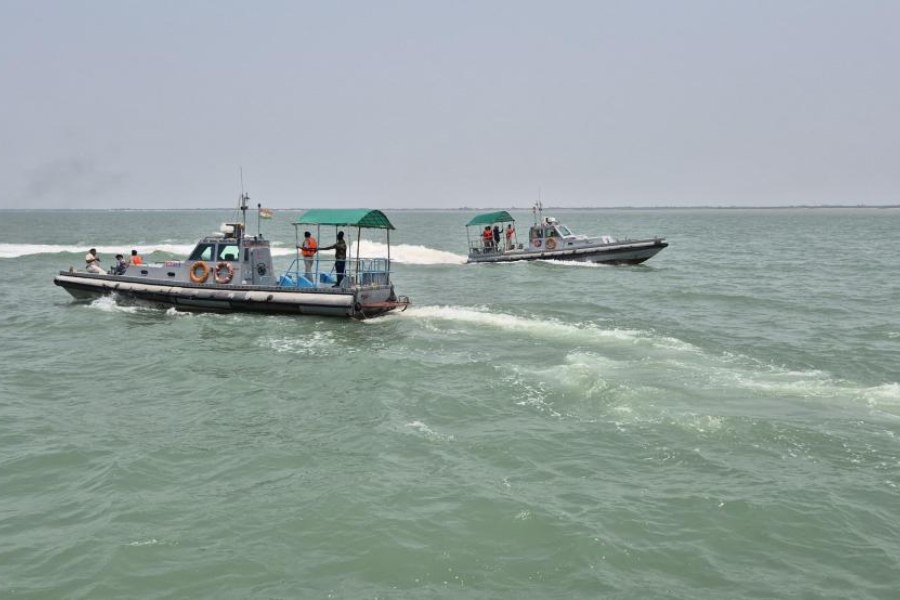 |
| Loktak lake. File picture |
Imphal, Aug. 21: Three endangered species of migratory birds are among those visiting Manipur’s Loktak lake during winter every year, a bird census in the largest fresh water lake in eastern India has found.
Two nearly-threatened species, ferigunous pocchard and darter, and another Schedule-I species of large whistling duck were found during the survey carried out by the state wildlife wing in February this year, says the census report which is yet to be published.
Though NGOs have carried out bird census in the lake in the past, this is the first time the state wildlife wing has done so. This is also the first time wildlife officials have claimed that the bird population in the lake is increasing.
The 246-square-km lake is home to many migratory birds during winter. The census identified 51 water bird species, 22 of them migratory, and counted 23,561 water birds on the lake.
“This is the first systematic study on the avifauna of this lake. The study identified the major issues of conservation,” chief wildlife warden Anil Kumar told The Telegraph.
Forest officials said some birds come from as far as Mongolia, as revealed by the tracking system on a bird. “Birds fly more than 4,000km from places like Siberia, Mongolia and Unan Province to make their habitat in the lake during winter,” said R.K. Birjit, president of the environment group Generation De New Image, who was part of the survey team.
The water bird census report has recommended that a mid-winter bird census be carried out annually in the lake in collaboration with NGOs for better understanding of water birds and their habitat.
The survey was carried out under the supervision of Bombay Natural History Society and 80 birdwatchers from various organisations kept a watch at 40 bird congregation sites of the lake spread across Imphal West, Bishnupur and Thoubal districts.
The wildlife department is also planning to resume the annual census of Sangai, the most endangered deer species, found at Keibul Lamjao, the wildlife sanctuary of the lake. The last census carried out in 2003 had put the Sangai population at 180.
The department had been forced to suspend the annual census because of deteriorating law and order. However, the situation has improved with security forces flushing out militant groups camping on phumdis (floating bio-mass) by carrying out routine search operations over the past few months.
“The law and order situation in the lake has changed now. We are planning to carry out a Sangai census in October this year,” the wildlife official said.










